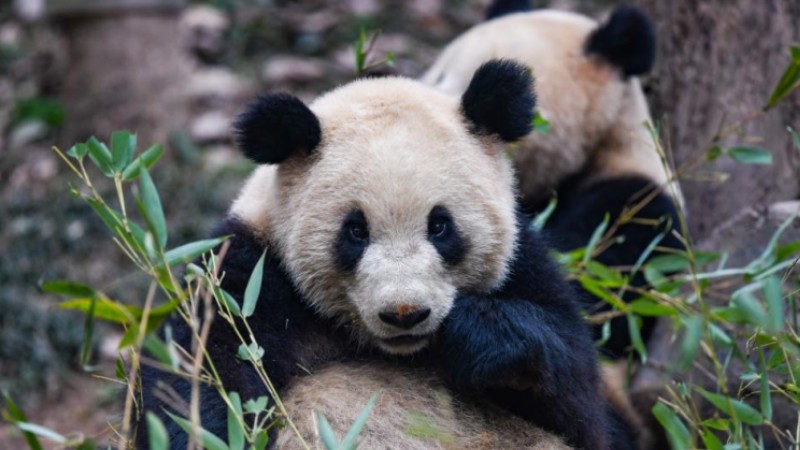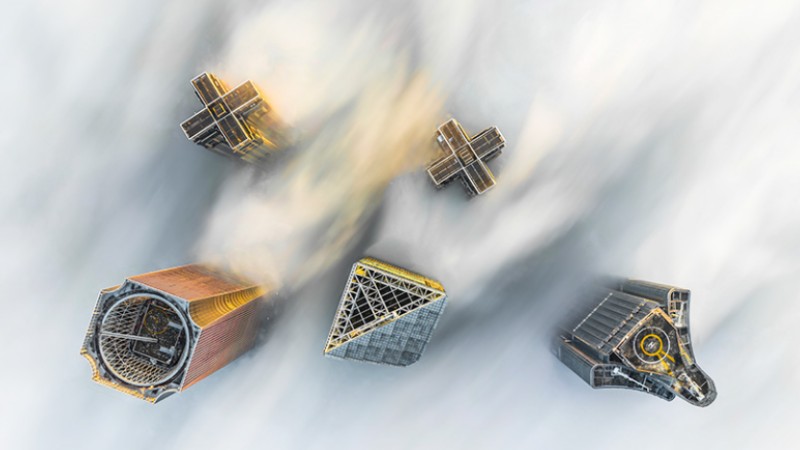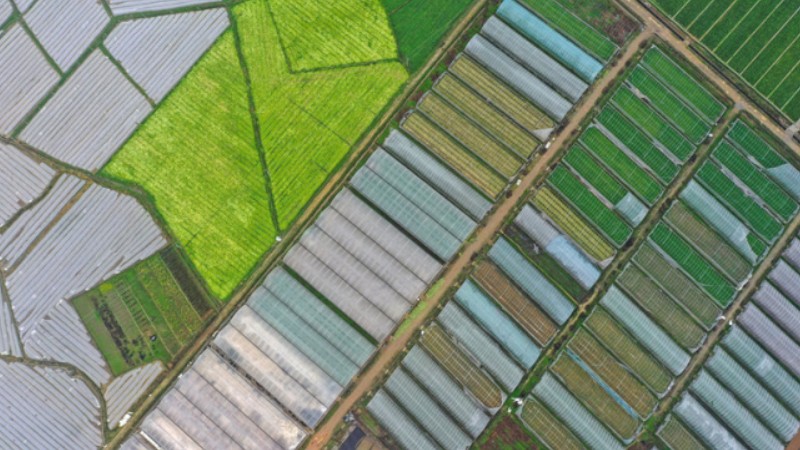Chinese scientists reveal evolutionary history of pterosaurs
BEIJING, Feb. 16 (Xinhua) -- Chinese scientists have uncovered the fascinating evolutionary history of pterosaurs, the first flying vertebrates.
Through their study, the researchers have revealed that pterosaurs experienced a flourishing period of 115 million years before entering a gradual 65-million-year decline phase.
The flourishing period from Early Triassic to Early Cretaceous witnessed a high morphological diversity and increasing net diversification rates in pterosaur evolution, according to the study published in the journal Current Biology this week.
However, the decline phase till the end of the Cretaceous saw a decreasing morphological diversity and mostly negative net diversification rates of pterosaurs, according to the study.
Pterosaurs have been the subject of some recent quantitative macroevolutionary analyses in paleontology. However, previous studies on this kind of flying dinosaur were often hampered by limitations in sample size and research methods. Important parameters in analyses of macroevolution, such as net diversification rate and morphological rate, have rarely been used in previous pterosaur studies.
The group of researchers from the Institute of Vertebrate Paleontology and Paleoanthropology under the Chinese Academy of Sciences built and analyzed datasets of pterosaurs' body size, body mass and morphological disparity, among others.
Through body mass analyses they found that pterosaurs in their flourishing period were more likely to be small-sized, while those in the decline phase were large.
The biodiversity of large-sized animals is more likely to be affected by land reduction due to a higher extinction risk than the small ones, said Yu Yilun, one of the researchers.
The decline in pterosaur biodiversity that has been revealed in the study provides further support for the possible presence of a biodiversity decline of large-sized terrestrial amniotes, including pterosaurs and non-avian dinosaurs, starting in the mid-Cretaceous that may have been mainly caused by a global land area decrease during this period, Yu added.
The group of researchers has also shed light on another extrinsic factor, the flying birds, that has affected pterosaur evolution.
According to the study, the pterosaurs in the Early Cretaceous had a significantly larger body size than contemporaneous birds and thus avoided direct competition with them. However, they had to face competitive pressure from birds during the Late Cretaceous period because some birds at that time were similar in body size to them.
The documented increasing morphological diversity of birds in the Late Cretaceous, which corresponds to the decline phase of pterosaurs, indicates that they might have provided increasing competitive pressures for pterosaurs during this period, according to the study.
Photos
Related Stories
- Dinosaur fossils discovered in China's Yunnan
- World’s best-preserved duck-billed dinosaur embryo fossils discovered in China
- Armored dinosaur fossil from Early Jurassic found in China
- Dinosaur embryo study supports ancestral link to birds
- Chinese scientists discover new dinosaur unearthed in Inner Mongolia
Copyright © 2023 People's Daily Online. All Rights Reserved.









